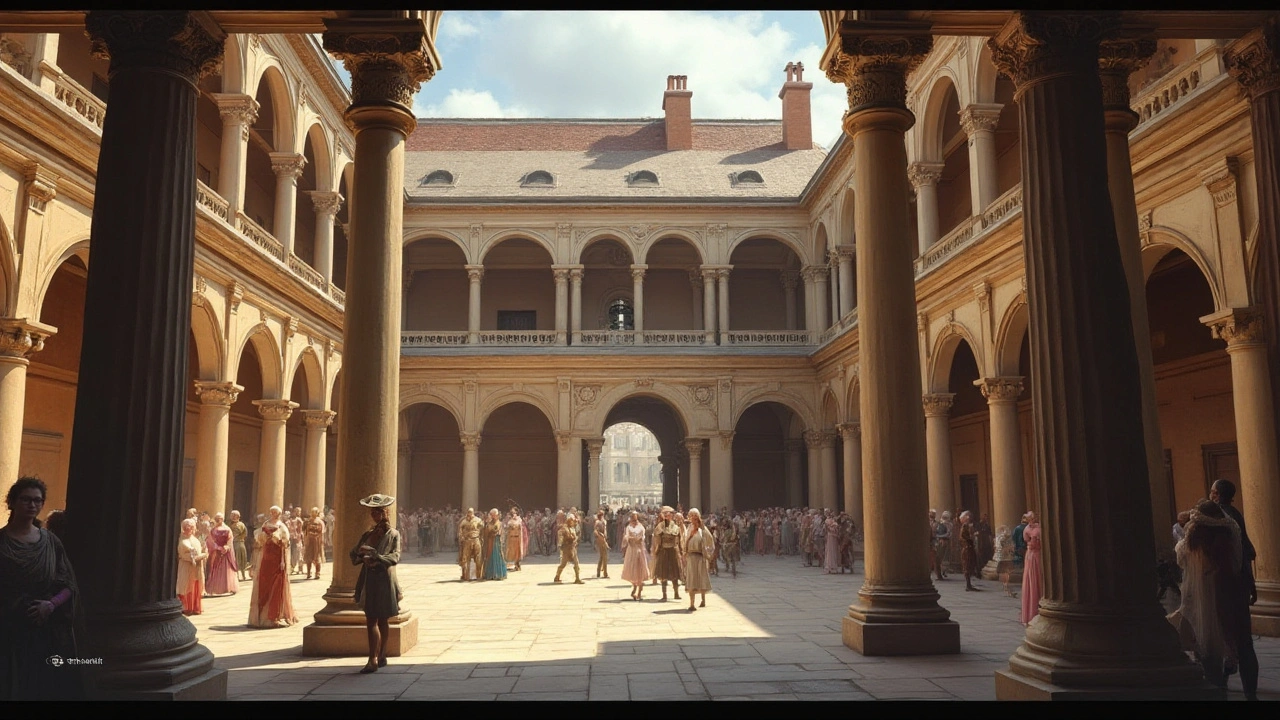Artistic Vision: Practical Ideas for Art and Architecture
Artistic vision helps you see design choices clearly and shape projects with purpose. On this tag page you'll find practical guides, style breakdowns, and clear examples to spark ideas for art and architecture projects. Use these posts whether you're planning a renovation, studying design, or just curious about how styles work.
Start by choosing a focus. Want historic accuracy? Read articles on Byzantine, Roman, or Beaux-Arts architecture to learn key features and materials. Want a modern clean look? Check pieces about minimalism and functionalism for rules that simplify form and use. If you need dramatic flair, explore Gothic Revival or Baroque entries to understand ornament, scale, and emotional impact.
How to use this tag
Scan post summaries for immediate value. Look for terms like "key features", "history", or "tips" to find practical takeaways. Save articles that include restoration advice if you plan hands-on work. Use travel-oriented posts to identify real buildings you can visit to study examples in person.
Apply artistic vision to your project
Pick three defining words for your project — for example: "light, symmetry, texture." Then open two articles here that match those words, read one for history and one for practical tips. Sketch ideas combining elements you like: a column from Greek Revival, a window rhythm from Georgian, and simple materials from Minimalism. Test combinations on a mood board or quick model before committing.
If you're creating artwork, use architectural reads to borrow structure. Renaissance and Beaux-Arts pieces teach composition and proportion. Art Nouveau shows how to blend ornament with function. Even sociology pieces like functionalism can help you design work that fits people and places.
For students and beginners, focus on features you can spot easily: column types, arch shapes, roof lines, and decorative patterns. Take photos when you travel and label elements you recognize. Over time your eye will train to see how small choices change mood and meaning.
For professionals, this tag collects references across eras so you can compare construction methods, materials, and conservation techniques. Articles on preservation explain common challenges and modern fixes that respect original character while improving performance.
Want quick inspiration? Browse titles that mention "hidden gems", "travel tips", or "how to spot" — they're written to get you looking and learning fast. If you want deeper study, pair historical overviews with restoration or design guides to balance theory with practice.
If a post sparks a specific idea, bookmark it and make a short to-do list: locate images, gather materials, sketch variations, and test one small build. Small experiments grow into confident creative choices faster than endless reading.
Explore related posts on this page to build a personal reference library. Tag favorites, compare techniques, and note dates so you track evolving methods. Use the site search to combine tags like "restoration" or "travel" with "artistic vision" for targeted reading. Return often — design ideas sharpen when you mix study with hands-on practice and real-world observation.
Start small, keep testing, stay curious.

Renaissance Architecture: Shaping Modern Aesthetic and Function
Renaissance architecture marked a pivotal point in building design and aesthetic with a focus on symmetry, proportion, and geometrical clarity. Emerging in 15th century Italy, this architectural style drew inspiration from the classical elegance of Roman structures blended with the needs of the time. Notable for innovations like the use of columns, pilasters, and domes, it not only influenced European cities but also set the foundation for architectural practices worldwide. Understanding its essence provides insight into how it continues to shape modern spaces.
Read more